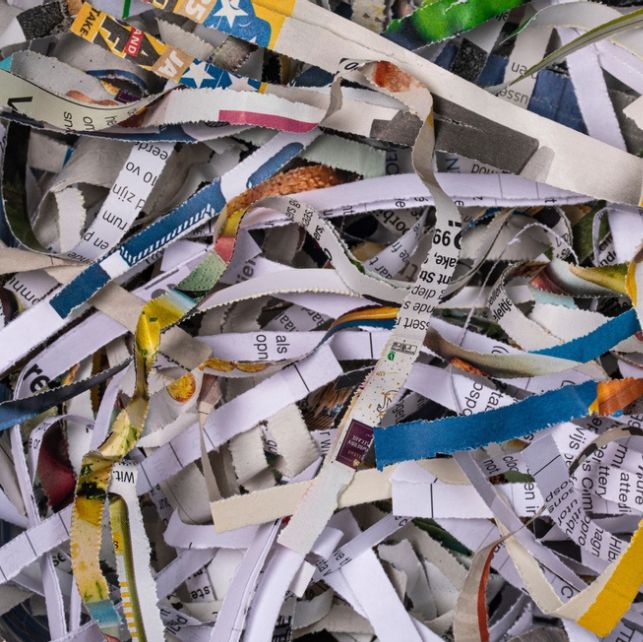A few words and benefits
For paper to be recycled, it is pulped using a combination of new wood pulp and waste paper. During the process, the fibers of the materials break down, and as a result, at the end of production, new products are created.
Recycling at the early stages of waste paper collection and management is defined as the main activity for supplying this material as raw input for paper mills, and it contributes significantly to reducing the need for new pulp derived from wood.

What We Recycle
Almost all paper and cardboard waste is suitable for recycling. A small percentage that cannot be used as raw material for the production of new end products is directed to energy recovery, serving as an alternative fuel for energy generation.
-
Paper/cardboard packaging (OCC)
-
Mixed paper (MIXED PAPER)
-
White printed and unprinted paper (SWL)
-
Books and printed colored paper (SOP)
-
Tissue and kitchen paper (TISSUE PAPER)
-
Paper cups and poly cups (POLY CUPS)
-
Book trimmings and page cuttings (BOOK TRIMMINGS)
-
Newspapers and magazines (N&P)
Start Recycling Today
Recycling is a responsibility we all share. Through collective effort, we can ensure a healthier environment and a sustainable future for the generations to come.


